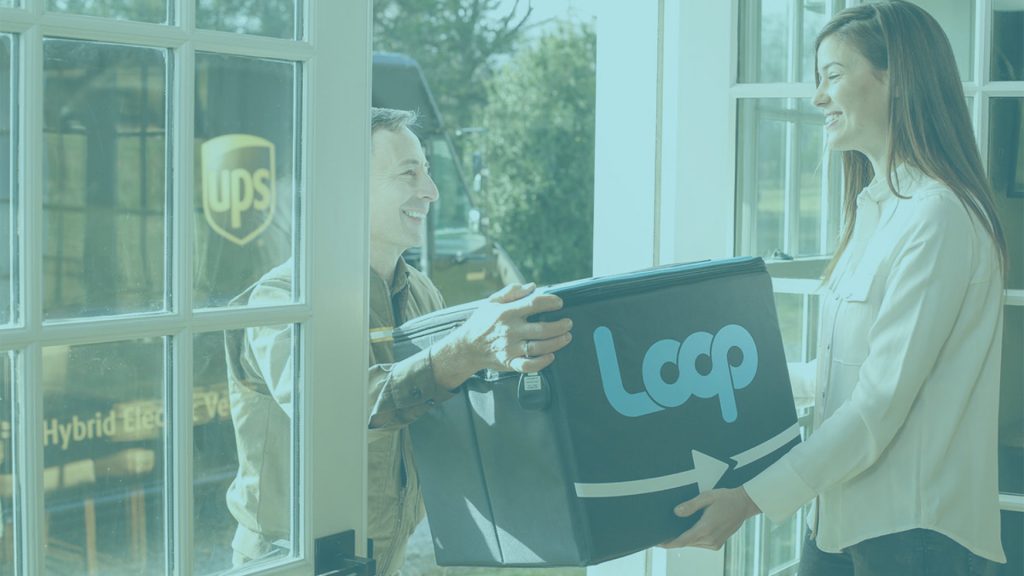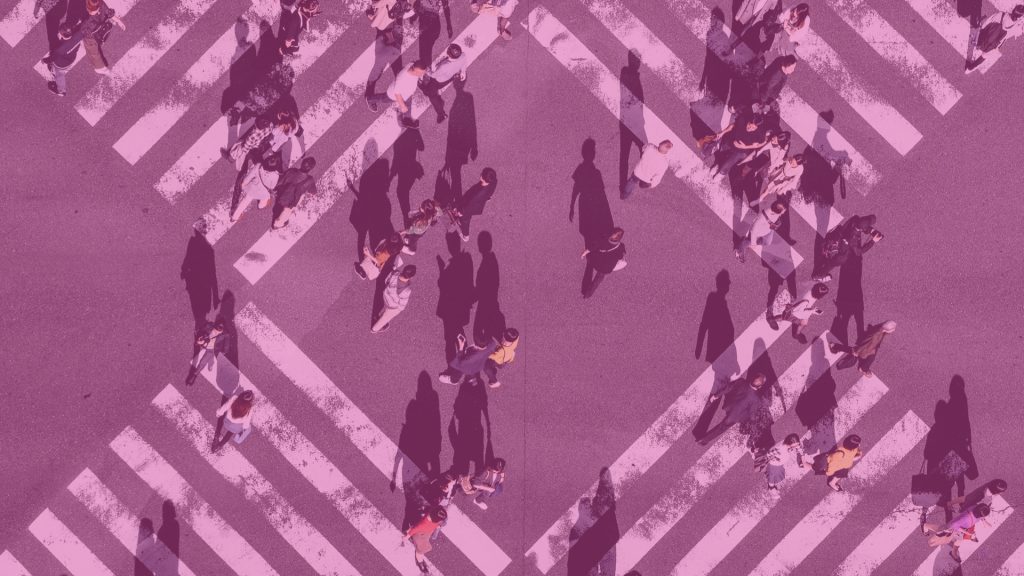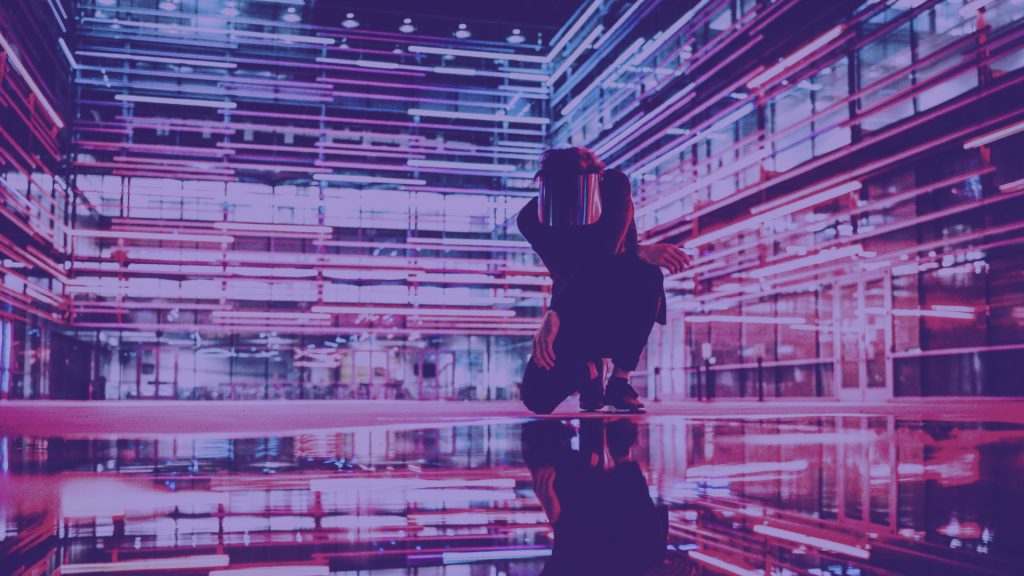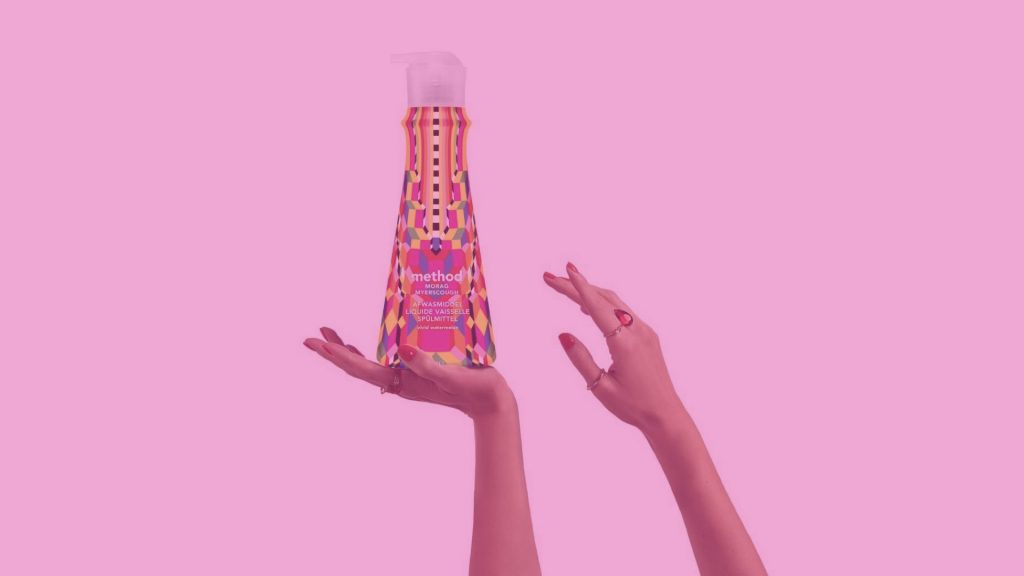The Big Picture in the 20s; 5 forecasts for a new decade
20.12.19
As we reach the end of 2019, The Big Picture team looks ahead to what the next decade – ‘the 20s’ – may hold.
We asked our team about the direction of the insight industry and what they’re most excited about seeing change within the wonderful world of design research.
1. Traditional concepts boards will be shelved
Ever seen a great concept pass through research with flying colours, but fail at launch? We thought so. Ever seen a customer picking a concept board off a shelf in a supermarket? No, nor have we! It’s clear that a great concept is not a guarantee of success – it’s often not until an idea is realised that we know whether it’s going to truly change behaviour.
This is why design thinking is crucial for innovation; it’s what helps us move an idea smoothly along its journey from a simple insight to a tangible, marketable product or service. Design can provide the focus and structure that innovation so badly needs. It doesn’t have to be a perfectly developed ‘pack design’ but it’s about creating a ‘minimum viable product’ early on; a rough prototype, line drawing, story board, mood board or a facebook creative ad.
Our Ignition Sprints – inspired by lean like a start-up – put design at the heart of innovation. By co-designing ideas iteratively with consumers, we are able to accurately identify innovations with real potential to change behaviours.
The ‘fuzzy side’ of innovation is a thing of the past. The future of innovation is making ideas real, sooner.
2. Recycling is ‘so last decade’
It’s already very apparent that recyclability is not the silver bullet for our addiction to convenience; sure, 100% recyclable packs using 100% PCR plastic is progress, but the complexity of infrastructures presents a global challenge in plastic reaching recycling plants. The 20s will see truly innovative and disruptive brands look to reinvent how they bring their products to consumers, engaging through exciting delivery systems and packaging that truly closes the loop.
3. No more norms!
We’ve always questioned the relevance of norms. With every category having its own rules and codes at play, how can an average performance across markets, or products, or even brands, be useful? With AI and other predictive tools already taking off, we predict that the accuracy and application of this will rapidly develop over the next 10 years. To the extent where we can accurately predict whether you are really maximising the opportunity in your category – without needing to rely on benchmarking or misleading norms.
We’ve taken the first step towards this with our quantitative pack verification tool – DesignCounts.
4. The AI revolution continues…
We’re on the cusp of a step-change in research; new technology will modernise how we do research by making it more method agnostic. Machine learning is something we’re investigating and experimenting with – it has great potential to unlock a different level of insight that isn’t so constructed in opinion and focussed on one moment in time. AI, as a research tool, has the potential to bridge the gap that’s always been present between the advantages of speed and cost offered by new technology (online research) and the depth of insight delivered by more robust and traditional qual methods. Face to face interaction remains just as important to capture the human emotion design can evoke, but the new tech at our disposal could influence how we go about capturing insight and the speed and scope at which it is generated.
5. Great design will be pivotal to brand success
The pace of change in the 20s will be rapid and it needs to be if we are to address the biggest challenges of our generation. Design will be at the forefront of this and, as design experts, we look forward to partnering with our clients to inspire design briefs and solutions.
One of the fastest and first changes we’ll see is in the role that packaging plays – the second moment of truth (packaging performance in-home) will become more important as brands look to close the loop and design for re-use. Exploring how brand design can build emotional ties here is really exciting.






